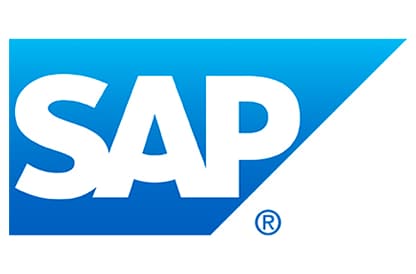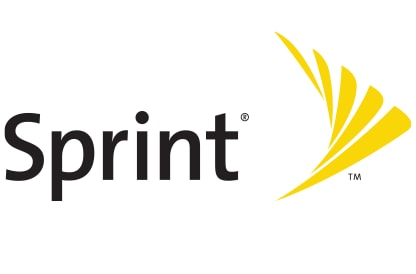Uncontrolled documents in central repository
In 2000, Sprint implemented OpenText™ Content Suite as their electronic document management system. Known as “Doc-Share,” the system gave employees a central repository for storing and sharing electronic documents. To deal with the explosive growth of electronic documents, Sprint added more storage, but this temporary solution was getting more and more expensive. In addition, the system offered no means to enforce retention periods and disposition rules and no way to designate certain documents as records.
During eDiscovery exercises, extremely large sections of the repository would have to be collected by the legal department for analysis with no way to narrow the scope via proper information retention and classification. Instead of sifting through potentially thousands of documents, the legal analysts at Sprint had to sift through millions.
Scenarios such as these were driving up costs within the enterprise as well as widening the opportunity for legal problems. Sprint needed a way to enforce retention periods and to designate certain documents as records.
Tight integration with OpenText
“In order to make this project a success, we knew we needed a tight integration between our document management and records/ classification management tools,” said Scott Granger, manager, Intranet Portals and Content Management at Sprint.
“As a long-time customer of OpenText, and since the records management module was already being used successfully to maintain the inventory of archived company records, it was a perfect match to utilize OpenText™ Records Management and OpenText™ Classifications in Doc-Share. The modules were user friendly, could be easily extended to everyone across the enterprise and would not require a major learning curve or major involvement from the IT help desk. The OpenText solutions were the only viable way to gain control over the number of records in existence as well as those being created on a daily basis.”
Simplifying records classifications
A diverse team, including representatives from IT, legal, records management, corporate communications and HR, was created to take on the project.
“We knew from the beginning that, although the records management and classifications modules were going to be implemented, they could not simply be turned on to solve the problem. There would be a lot of work to do after the tools were installed,” explained Granger.
First, the team organized the almost 300 records classifications in the corporate retention schedule into big “buckets” to simplify electronic records identification and improve consistency in lifecycle management. Then they created 11 records families, which were consolidations of existing records classifications with similar retention requirements and a similar high-level business function. The relationship of the records classifications to the records families was documented within the corporate retention schedule.
“This step was imperative in simplifying the classification process for our end users,” said Granger.
Record Series Identifiers (RSIs) were created within the records management system to reflect the rules governing the lifecycle of each records family. This also allowed the option of adding more granular records classification as a sub-classification if the end user wanted to utilize the more specific records classification title or the retention rules associated with the records classification.
Only four of the records families had a “flat retention” period and used the record date in Doc-Share to calculate retention. The remaining seven had event-based retention rules that used the status date field. Since the fields automatically populated and updated, the lifecycle management process was virtually transparent to the end user.
End users from each department had their own classification type, and they were educated on what the retention period was for whichever classification they applied to the record.
“They upload their document to a specific folder and don’t even realize that they just classified that document based on that folder’s retention policy. This way, they don’t have to select one every time they upload a document,” explained Granger.
Staff were also given a notification when the retention was about to come due in case they wanted to move it or it was a work in progress.
“We have about 120,000 active users, but you could probably interview ten Sprint folks and eight or nine of them would have no idea that they’re classifying content when they upload a document,” said Granger. “It’s that easy.”






 Sprint
Sprint


